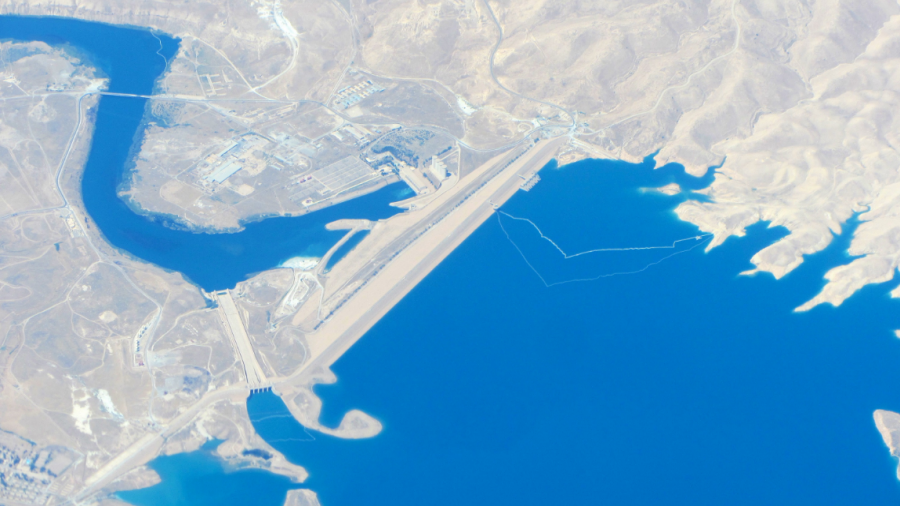
The New Yorker profiles the Mosul Dam in Iraq, which was hastily built on poor foundations and is not being maintained.
Completed in the 1980s by Saddam Hussein, the dam was constructed on a foundation of soluble rock since the Euphrates River within Iraq lacked suitable building sites. Politics, expediency and fear of reprisal pushed the project forward. The dam requires continuous maintenance to prevent the rock from sinking and breaking apart. However, maintenance has been neglected due to previous war sanctions and the dam is now on the front lines of the war with ISIS, which briefly occupied the structure.
If the dam fails, the result would be catastrophic:
If the dam ruptured, it would likely cause a catastrophe of Biblical proportions, loosing a wave as high as a hundred feet that would roll down the Tigris, swallowing everything in its path for more than a hundred miles. Large parts of Mosul would be submerged in less than three hours. Along the riverbanks, towns and cities containing the heart of Iraq’s population would be flooded; in four days, a wave as high as sixteen feet would crash into Baghdad, a city of six million people. “If there is a breach in the dam, there will be no warning,” Alwash said. “It’s a nuclear bomb with an unpredictable fuse.”